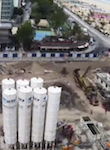The recycling cycle. With Aliplast, we give new life to plastic
Focus
Focus
Category Facet
Custom Facet
Search Results
-
Web Content Article · By Giulia Lo Faro On Nov 6, 2025 11:09 AM
Boosting risk prevention and the resilience of distribution infrastructure improves efficiency and service quality, and helps to enable the energy transition.
predictive technologies Categoria Progetto: Innovation Innovation Categories: Predictive technologies -
Web Content Article On Aug 4, 2020 3:44 PM
The intelligent wastewater treatment plant in Modena and COSTANCE, the prototype facility in Granarolo dell’Emilia. Two best-in-class examples of sustainable water management
utility4.0 Categoria Progetto: Innovation Water Project Innovation Categories: Predictive technologies
Asset Publisher
A revolution rooted in the circular economy: thanks to separate waste collection, organic waste is fed into an anaerobic digestion process to produce biogas.
Biomethane: a clean resource of biological origin
So, what makes this source of methane “bio”? Quite simply, it’s how it is produced: not by drilling into deep underground deposits, but by fermenting organic waste in dedicated facilities. Biomethane can be produced continuously, it is inexhaustible, and production can be increased simply by building more plants. This makes it one of the clearest examples of a circular economy.
In Spilamberto, a biodigester converted into a biomethane plant
An innovative plant for the production of biomethane is in operation in Spilamberto, in the province of Modena. It was developed by the NewCo Biorg, a joint venture between the Hera Group and Inalca (Cremonini Group), through a total investment of around €28 million and the use of the best available technologies.
Starting from separately collected organic waste and agri-food effluents, the plant – the result of converting an old biodigester – produces, at full capacity, 3.7 million cubic metres of biomethane per year, a 100% renewable fuel intended for transport, and around 18,000 tonnes of compost.
A cutting-edge plant for the energy transition and the circular economy
The 100% renewable natural gas is produced through anaerobic digestion of organic waste from separate collection carried out mainly in Modena and the province, along with waste from local agri-food processing and meat production by Inalca. Once refined, it becomes biomethane and can be fed into the gas network.
Significant environmental benefits: around 7,000 tonnes of CO₂ avoided
Thanks to the injection of biomethane into the network and its use in transport, significant environmental benefits are expected. Every year, around 3,000 tonnes of oil equivalent (TOE) in fossil fuels are saved, and approximately 7,000 tonnes of CO₂ emissions are avoided. Absorbing such an amount of CO₂ would require, on average, 280,000 trees.
What happens in our plant in Sant'Agata
Organic waste, collected through separate waste collection, undergoes anaerobic digestion to produce biogas. This is how the process works: the waste is shredded and screened, then remains for about 21 days in four horizontal digesters, where suitable microorganisms carry out the digestion process and produce biogas (composed of methane and carbon dioxide). After this, the biogas undergoes an upgrading, or purification, phase using pressurised water: the carbon dioxide dissolves and separates from the methane. The result is biomethane, a gas with a methane content above 95%, and a completely renewable source of energy. Not only that: at the end of the digestion process, lignocellulosic material is added to the outgoing solid fraction, producing a compact mass that then undergoes composting to create high-quality compost, which can be used as potting soil or agricultural fertiliser.
Biomethane is therefore another revolution rooted in the circular economy, one that we at Hera Group are committed to advancing. We do all this with the goal of creating shared value, as Andrea Ramonda, CEO of Herambiente, emphasises: “The direction we have taken looks towards the industrial sector with an increasing focus to creating shared value and partnerships. We are aware that sustainable waste management, focused on recovery and in full compliance with regulations, is essential in today’s world and generates benefits for the entire community.”
Working together for a circular city
At Hera Group, we have joined forces with Bologna Airport and Tper to launch a circular economy project that contributes to decarbonising urban mobility and improving air quality.
What does this partnership involve? The Airport delivers its organic waste to Hera, which collects it at the Sant'Agata Bolognese plant together with similar waste produced by citizens and transforms it into biomethane that Tper purchases to feed the fuel tanks of a significant part of its bus fleet.
This is an important step forward for our Group and for two major organisations in our area, which, like us, serve hundreds of thousands of people. We share a commitment to improvement and sustainability, in line with the UN 2030 Agenda.

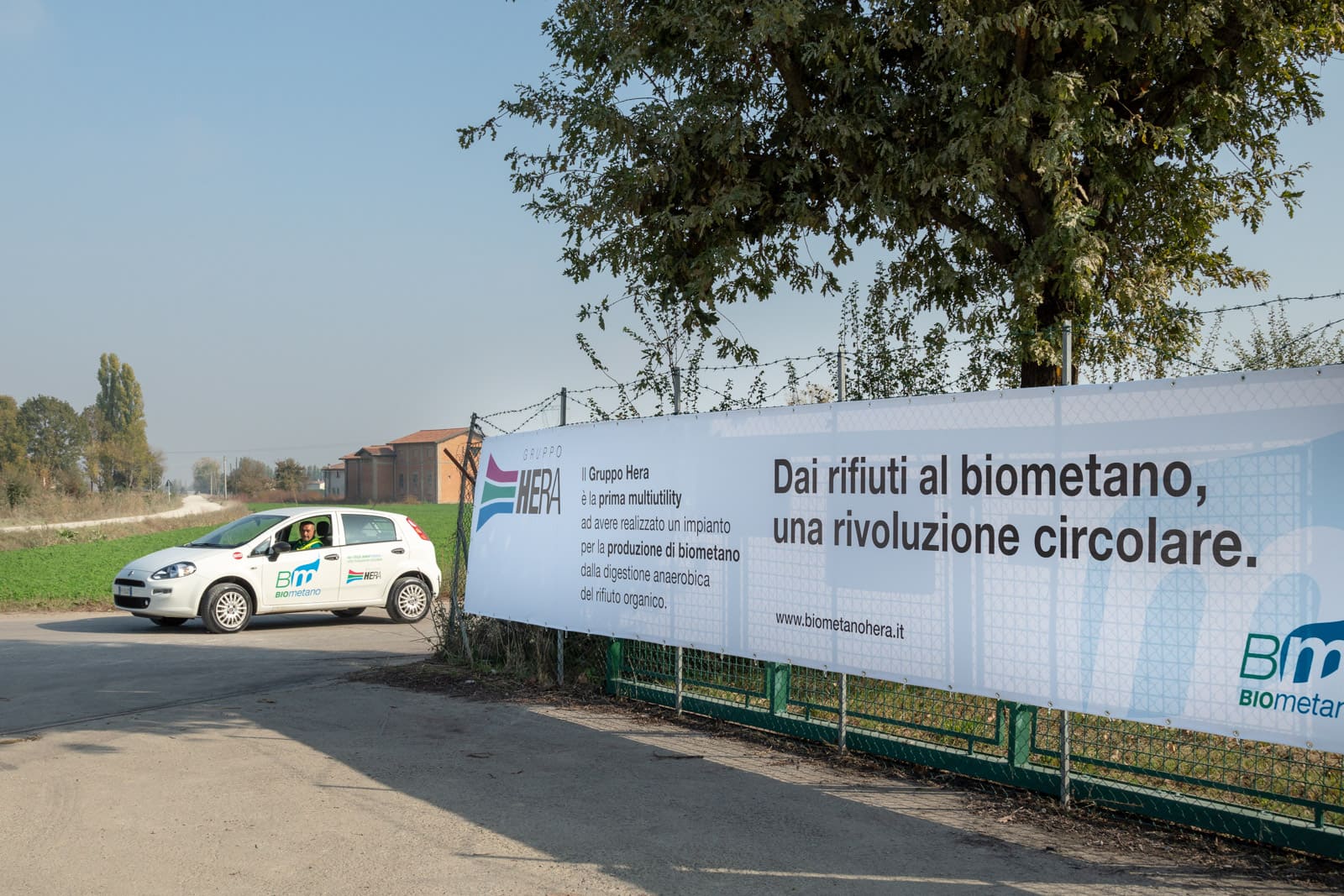
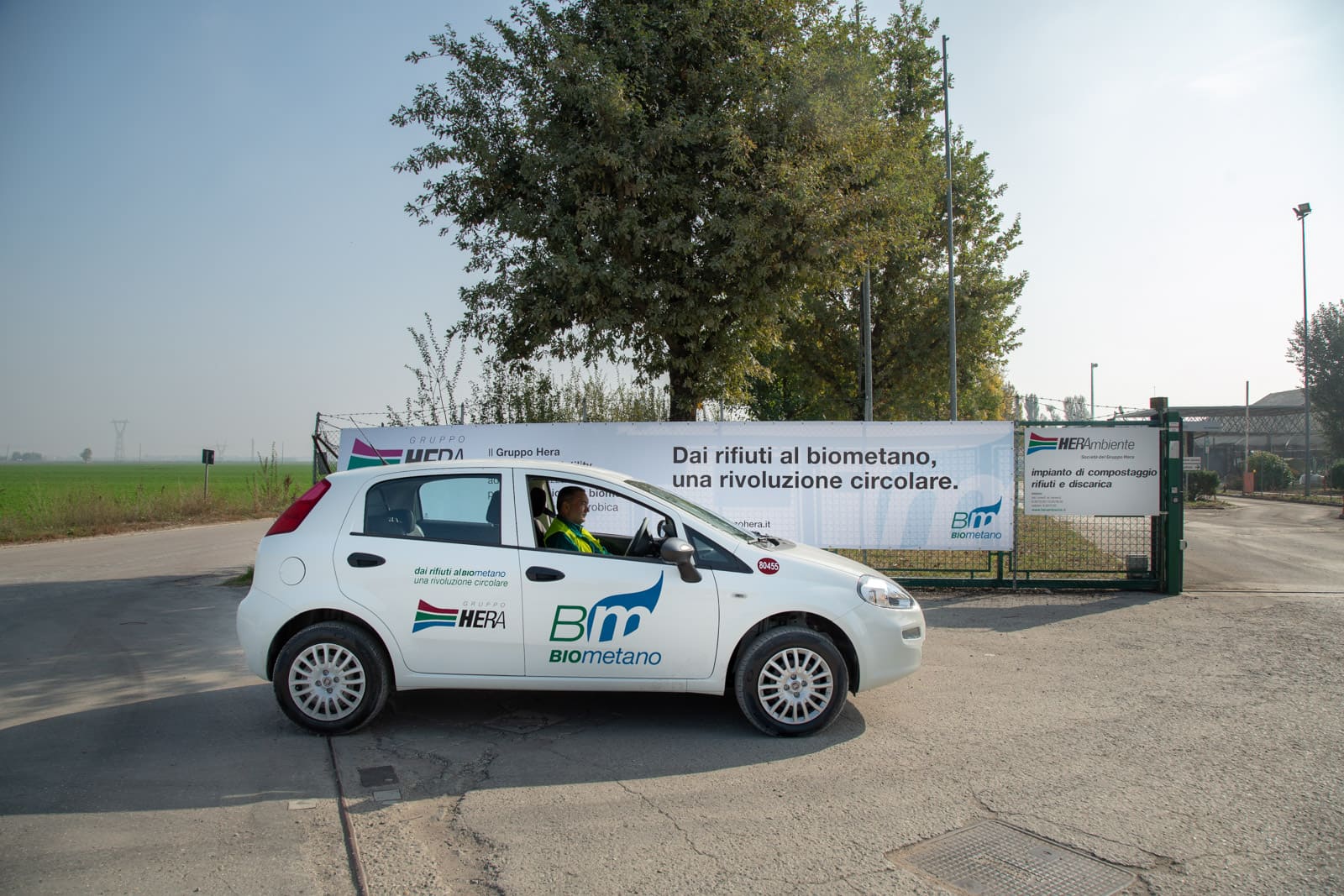
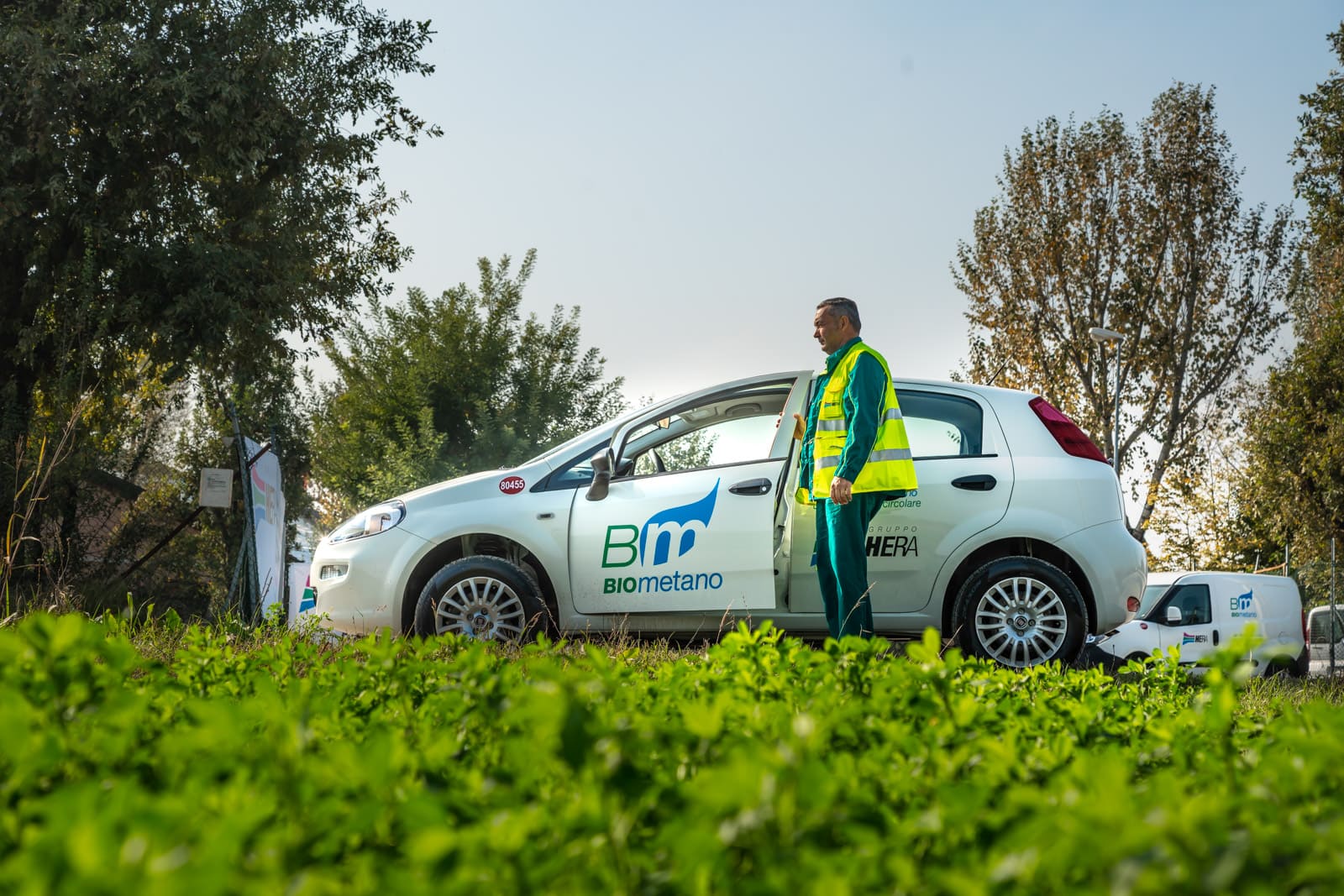



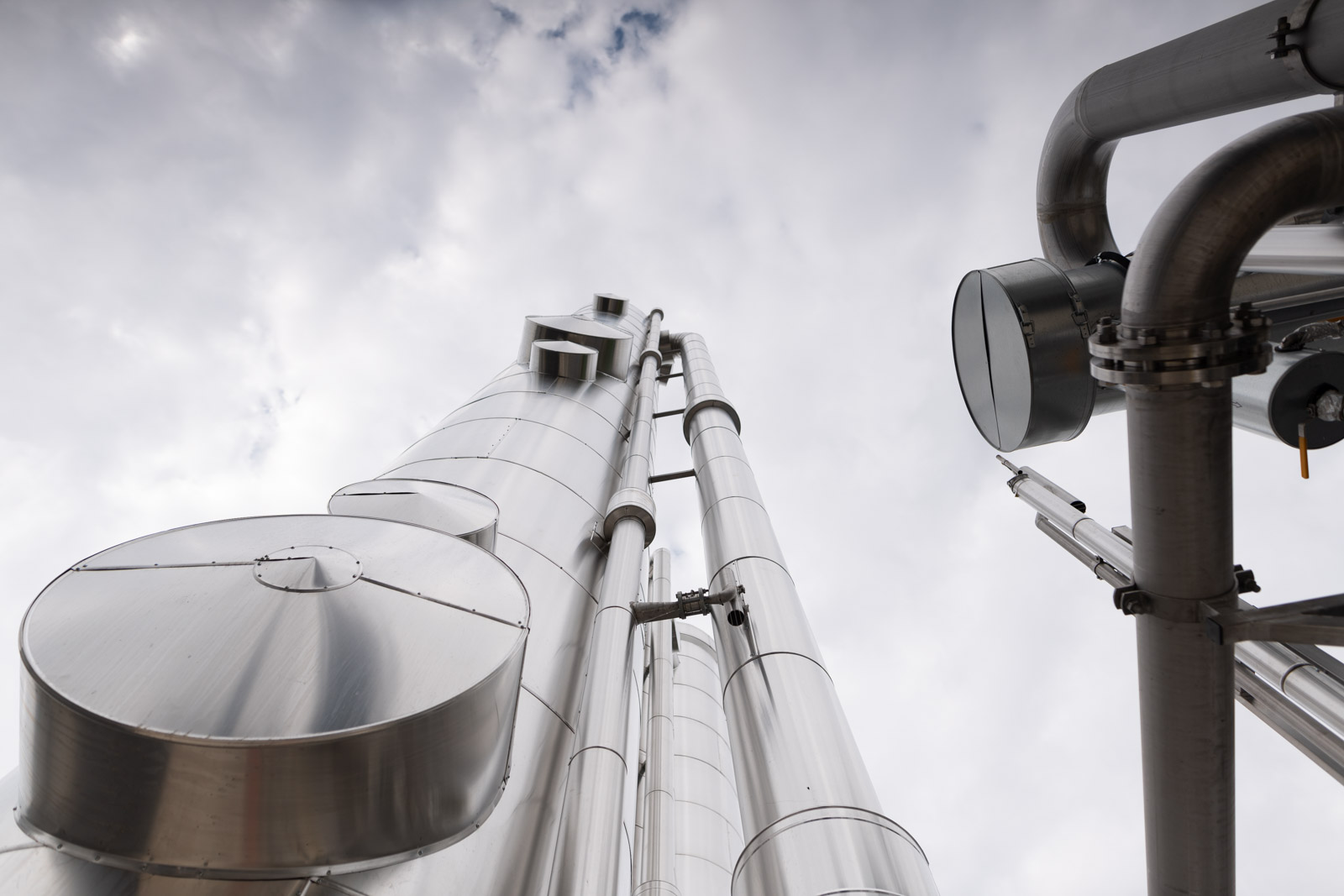
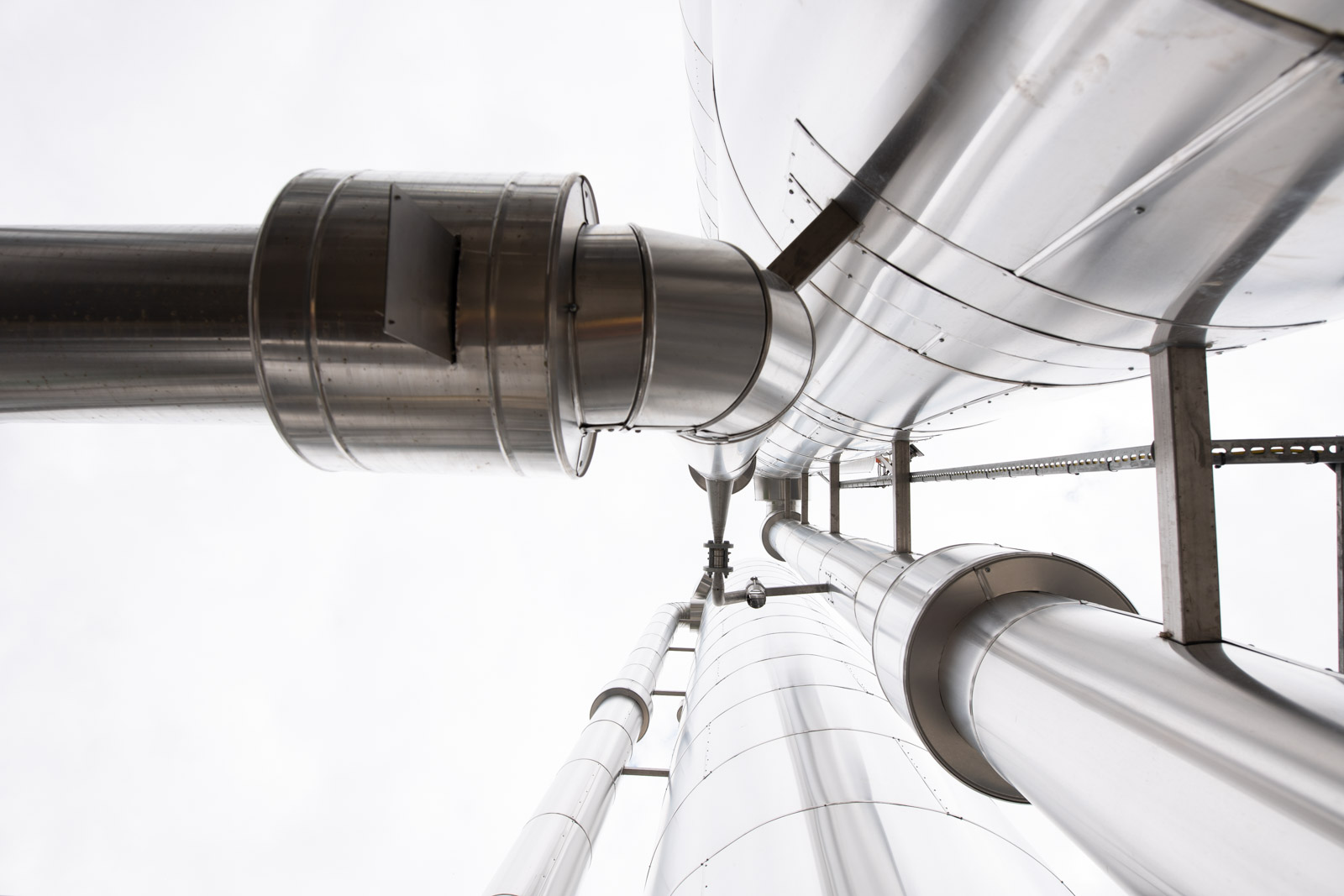
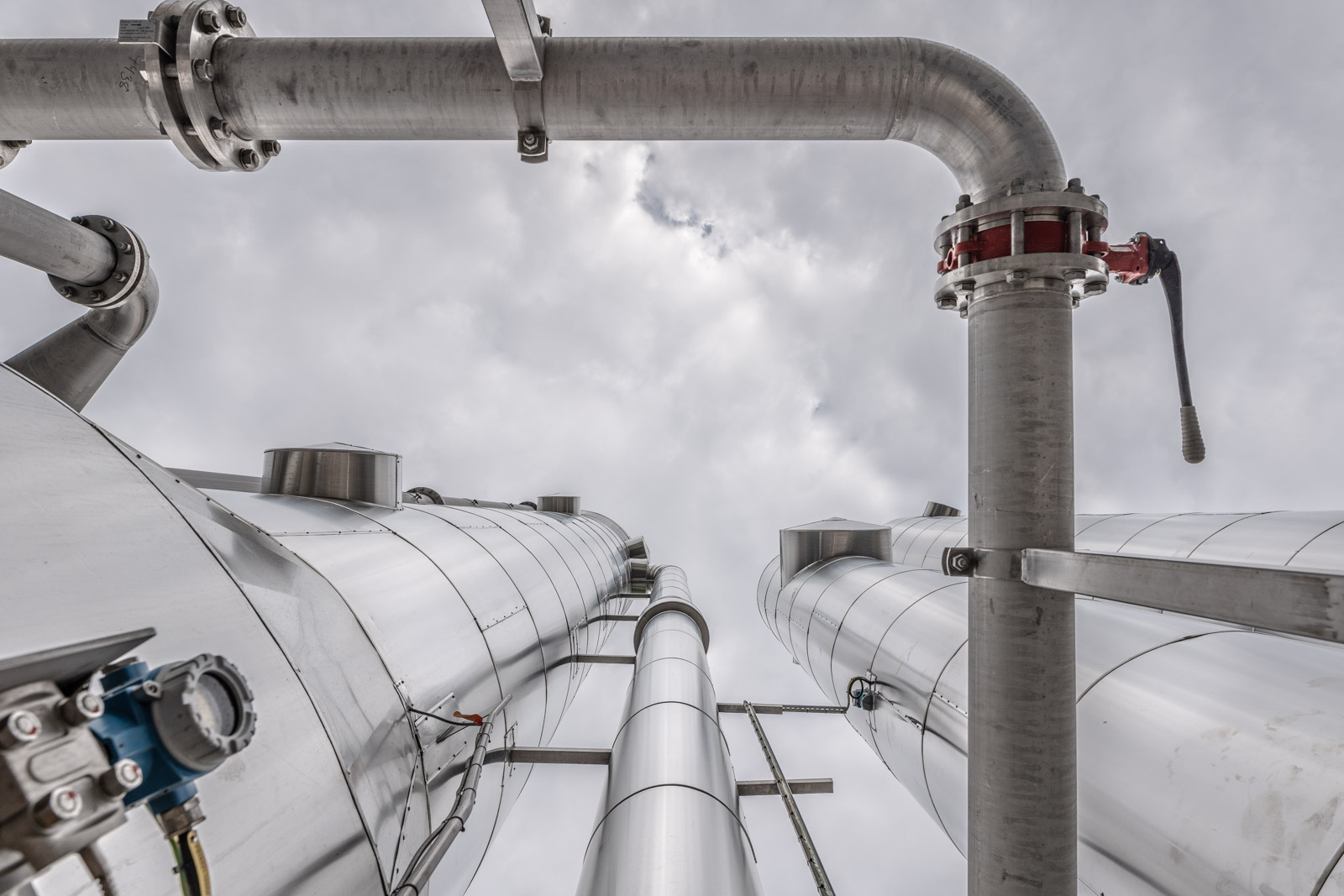
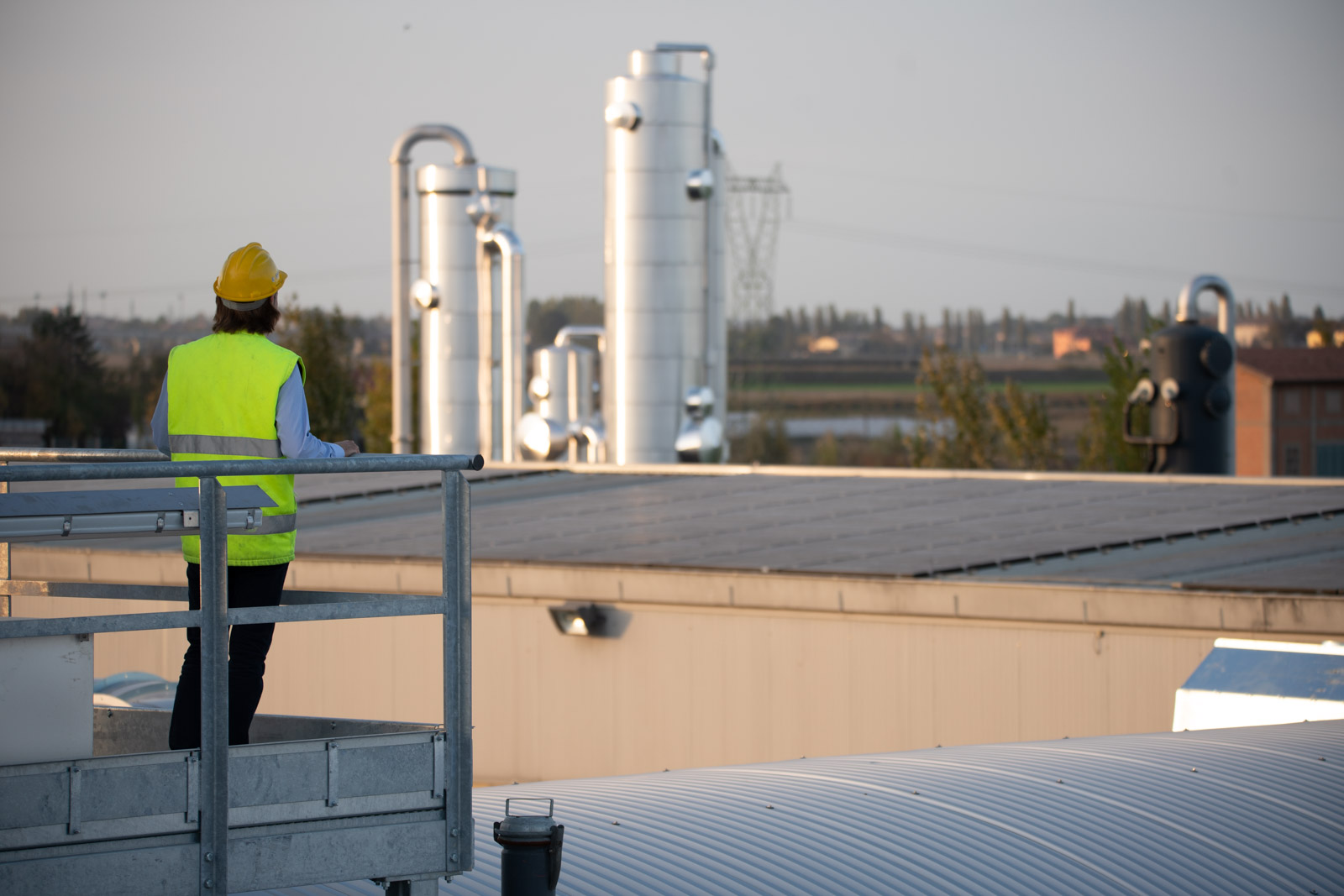


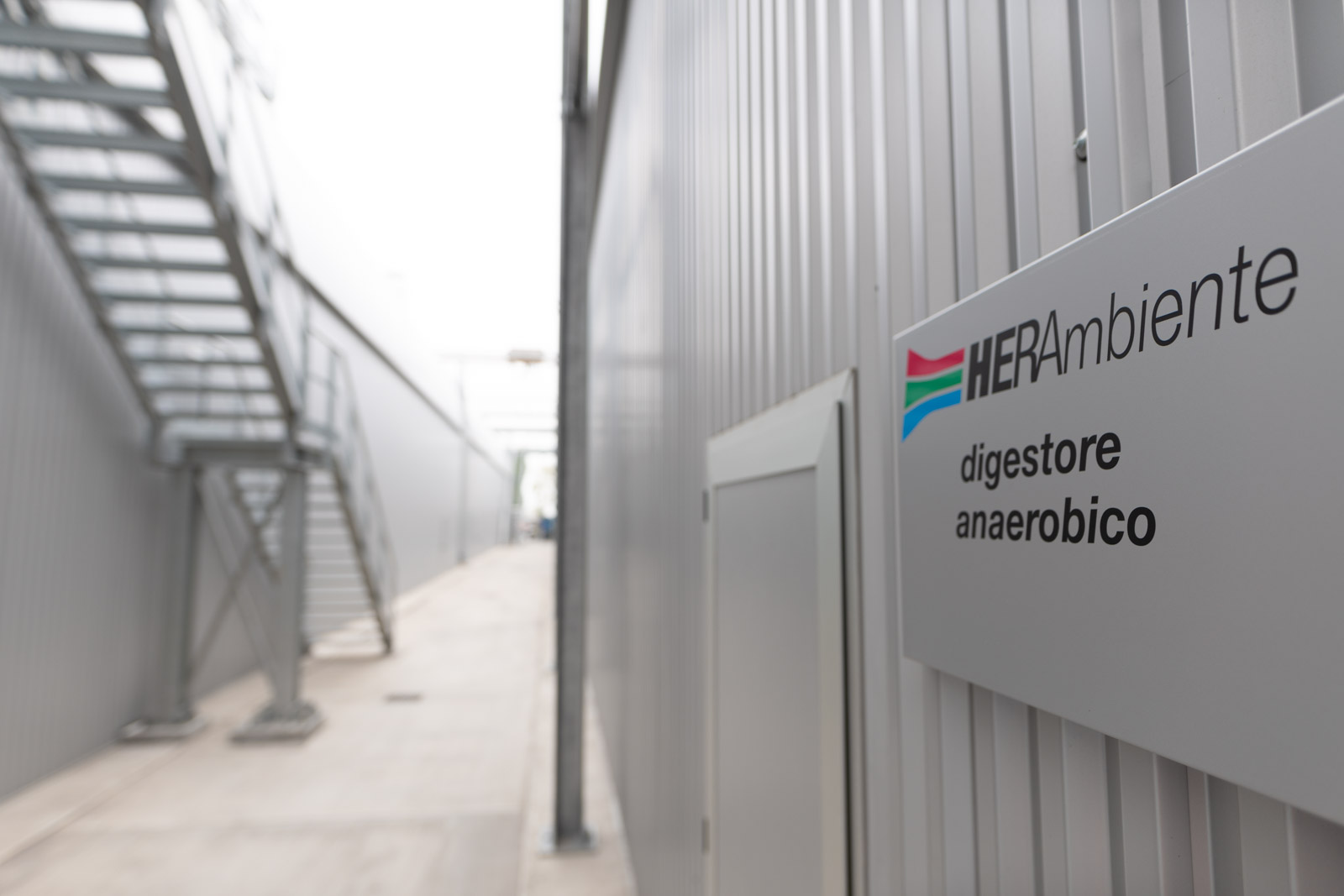
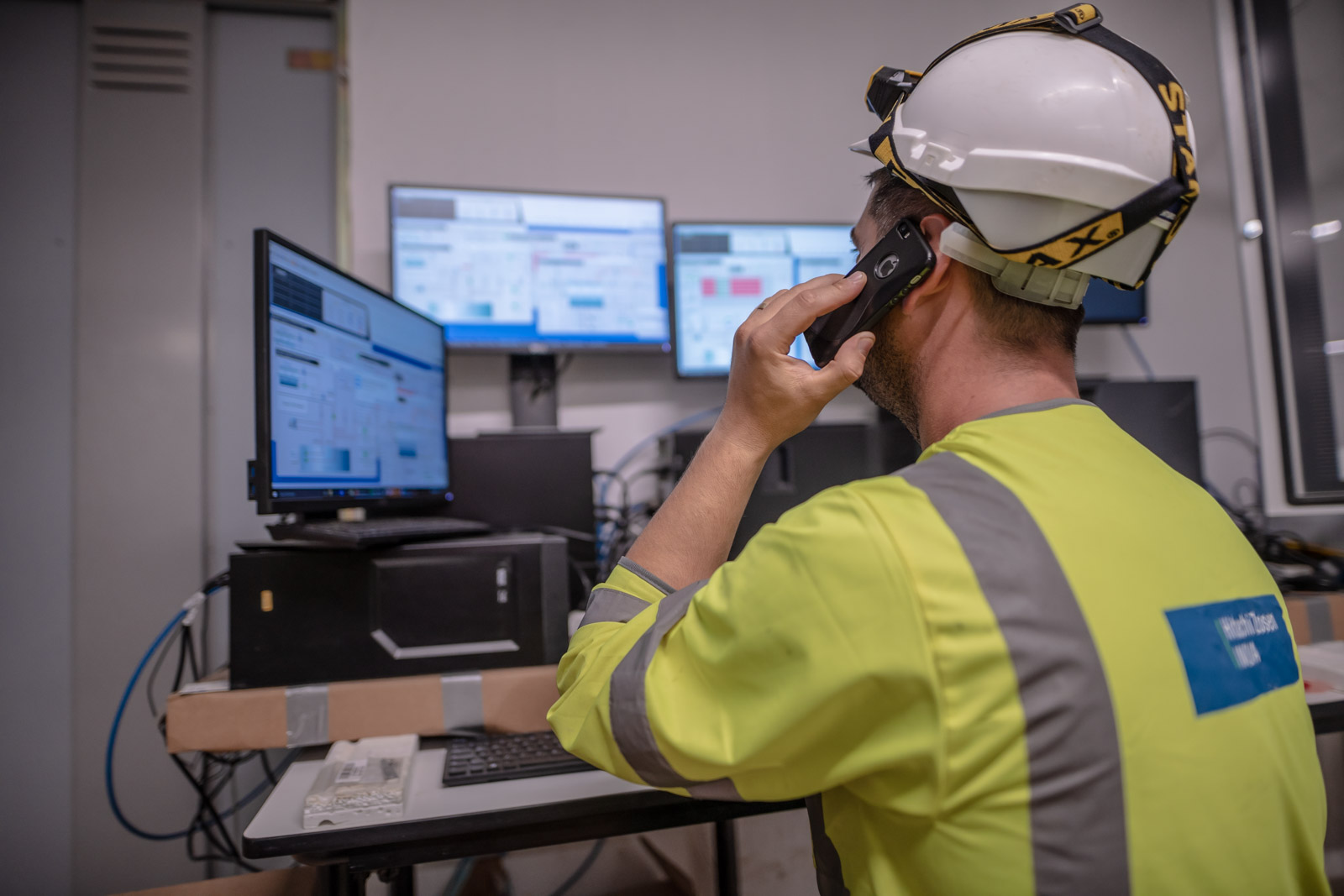
Search Bar
Tag Facet
Search Results
Asset Publisher
The recycling cycle. With Aliplast, we give new life to plastic
From carbon footprint monitoring to transforming plastic into an endlessly recyclable resource. This is how, together with Aliplast, we are committing to the transition to a circular economy.
Turning waste into resources and aiming for maximum sustainability throughout the plastic life cycle. These are the goals of Aliplast, a subsidiary of the Hera Group and a leading player in Italy and Europe in the production of regenerated polymers, flexible PE film, and rigid PET film.
Aliplast is the first company in Italy to achieve full integration across the entire plastic life cycle. It operates eight plants: five in Italy and three in France, Poland and Spain.
With a plastic recovery rate exceeding 87% in 2024 and an annual output of around 100,000 tonnes of products, Aliplast helps avoid the release of approximately 213,000 tonnes of CO₂ equivalent each year.
Here's how it works: the company places packaging on the market, sells it, collects it directly from the customer, and regenerates it, creating a kind of closed-loop cycle. The products placed on the market are made from recycled plastic, and they are in turn fully recyclable.
This is always done with a circular economy approach, as Carlo Andriolo, CEO of Aliplast, emphasises: “Packaging should always be designed with end-of-life in mind. All companies need to think in terms of ecodesign, which is essential for the circular economy.”
This is the future of plastic: high-quality products that are fully regenerable, and an increased focus on placing recycled packaging on the market. This includes the food industry, where strict safety standards and full compliance with current food regulations are required. For this reason, the Aliplast product range – fully EU certified for food contact – includes granulated and flake polymer, PET sheet for thermoforming and extrusion, all suitable for the production of food trays and bottles.
A TOOL TO CUT POLLUTION AND REDUCE OUR ENVIRONMENTAL IMPACT
Since 2018, Aliplast has carried out a rapid calculation of the carbon footprint for five product types: PE granules, PE film, PET granules, PET sheets, and PET flakes. This tool measures the greenhouse gas emissions associated with Aliplast products and compares them with those of equivalent virgin materials. The results are expressed in kg of CO₂ equivalent.
In 2024, with around 100,000 tonnes of regenerated PE granules, PE film, PET granules and PET sheets produced, an estimated 213,000 tonnes of CO₂ equivalent were avoided – corresponding to over 500,000 barrels of oil. The greenhouse gas savings achieved thanks to suppliers and customers choosing Aliplast’s recycled products are comparable to the emissions of around 120,000 small petrol cars driving 10,000 kilometres per year.
ALIPLAST AND NEXTCHEM WORK TOGETHER FOR A CUTTING-EDGE PLASTIC RECYCLING PLANT
Maire Tecnimont and the Hera Group have signed a strategic agreement between Aliplast and NextChem to develop a plant for the production of high-purity, high-quality recycled polymers, capable of achieving excellent chemical, physical and mechanical performance.
The goal is to process post-consumer plastic waste to obtain tailor-made recycled products, with properties and characteristics comparable to those of virgin polymers from fossil sources. The plant will ensure high safety standards and innovative features, including process automation and advanced digitalisation for data analytics, while also maximising energy efficiency. The innovative plant will be completed in the first half of 2026 and, once fully operational, will have the capacity to produce 30,000 tonnes of polymers per year.
Creating shared value report 2024


